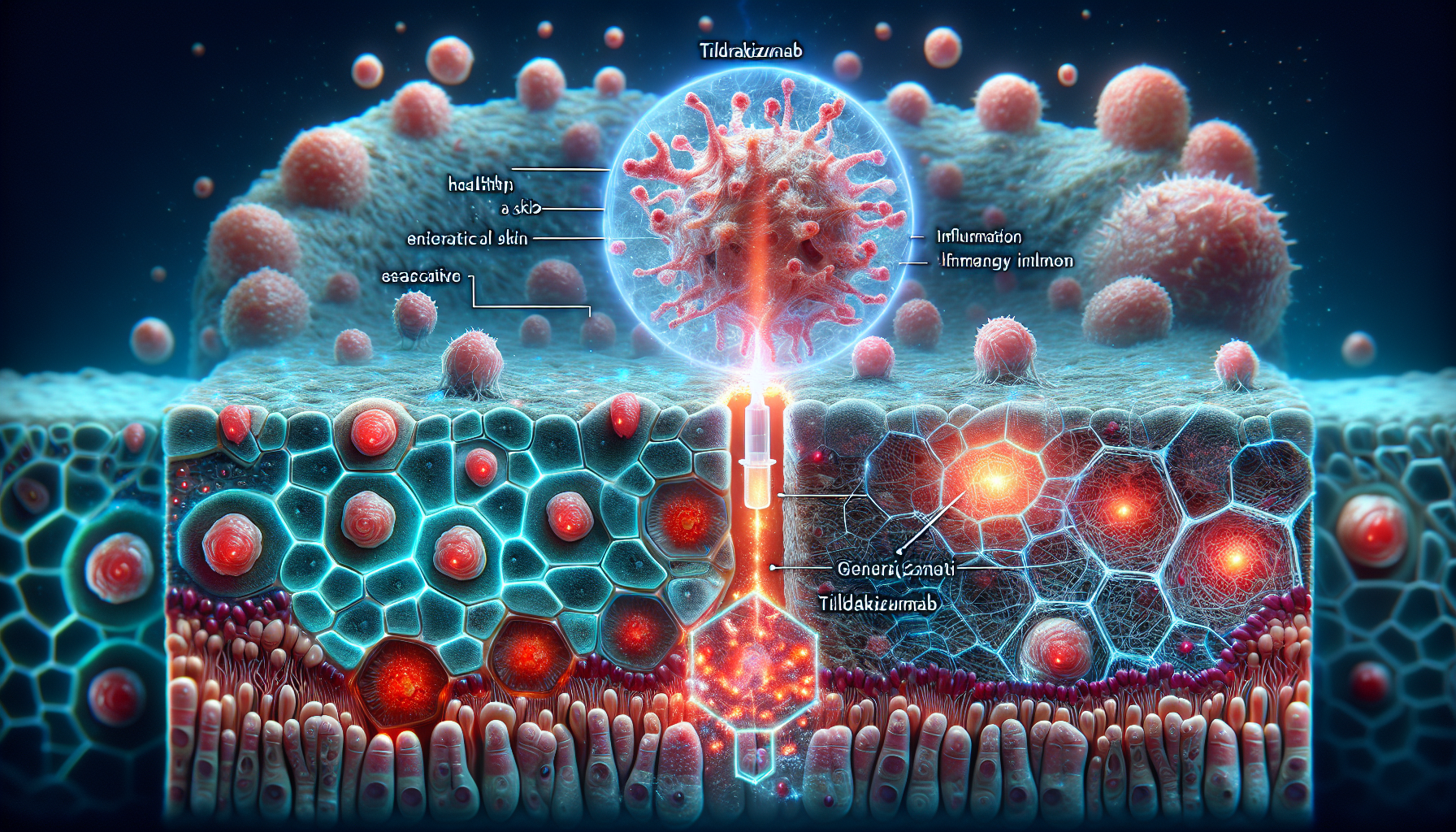New Treatment Shines in Battling Psoriasis and Nail Inflammation
Key Takeaways
- Anti-IL-17A biologics show significant and rapid improvements in psoriasis patients.
- Ixekizumab is particularly effective for treating both psoriasis and nail psoriasis.
- These findings can help guide clinical treatment decisions and future research.
Did You Know?
Significance of the Findings
Recent studies have shown that patients with moderate-to-severe psoriasis, particularly those also suffering from nail psoriasis, can experience significant and rapid improvements in their conditions when treated with anti-interleukin (IL)-17A biologics. These findings offer vital insights for clinicians in making informed decisions regarding psoriasis treatments.
The positive outcomes from the ongoing 'Psoriasis Study of Health Outcomes' (PSoHO) emphasize the advantage of anti-IL-17A biologics. The study employs a non-interventional cohort design to observe the efficacy of various biologics in patients with chronic moderate-to-severe plaque psoriasis.
How the Study Was Conducted
Researchers focused on the modified Nail Psoriasis Severity Index (mNAPSI) scores to assess the severity of nail psoriasis. The participants were evaluated over a 12-month period using a grading system for different nail features like pitting, onycholysis, and oil-drop dyschromia, among others.
The study categorized participants into two groups: those with any degree of nail psoriasis and those with moderate-to-severe nail psoriasis. The cohort treated with anti-IL-17A biologics was compared to participants using various other biologics to determine efficacy.
Comparative Efficacy of Anti-IL-17A Biologics
The results highlighted noticeable improvements in participants treated with anti-IL-17A biologics, particularly in the first 3 and 6 months. These improvements were substantial and faster compared to other biologic treatments, regardless of the initial severity of the condition.
Specifically, ixekizumab, an anti-IL-17A biologic, showed significant efficacy. It outperformed guselkumab and other biologics in providing rapid and sustained relief for nail psoriasis over the 12-month period.
Insights for Moderate-to-Severe Nail Psoriasis
Those in the study with moderate-to-severe nail psoriasis showed more considerable improvements when treated with anti-IL-17A biologics compared to those with milder forms of the condition. This finding suggests that anti-IL-17A treatments could be particularly beneficial for more severe cases.
While previous studies have shown no significant differences in efficacy among other biologics, this study demonstrates that anti-IL-17A biologics, particularly ixekizumab, provide quicker and more substantial relief for nail psoriasis.
Future Implications for Clinical Practice
The study's findings could serve to guide physicians in selecting the most effective treatment options for psoriasis patients, especially those with concomitant nail psoriasis. The significant improvements noted with anti-IL-17A biologics may potentially influence future treatment guidelines.
These results also pave the way for further real-world studies to deepen the understanding of psoriasis and nail psoriasis management, helping to refine treatments and improve patient outcomes.
Conclusion
The PSoHO study's ongoing analysis continues to provide valuable data. The marked improvements observed with anti-IL-17A biologics underscore their potential as a superior treatment option for patients dealing with moderate-to-severe psoriasis and concomitant nail psoriasis.
This research not only supports current clinical practice but also establishes a foundation for future studies, promoting a better understanding and management of this challenging skin condition.



